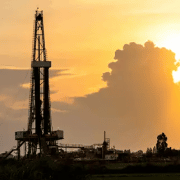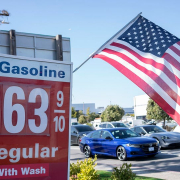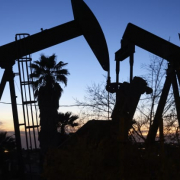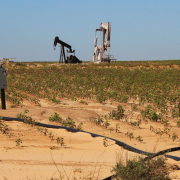There is a $1.9 billion merger last week. It’s between two Permian Basin oil and gas companies that own more than 100,000 acres in the region. It actually spans southeast New Mexico and West Texas.
Desert Peak Minerals and Falcon Minerals announced their plans to combine in January. This will bring the new company’s holdings to 139,000 acres with 105,000 acres in the Permian. The deal was announced and closed on June 7.
The company, now known as Sitio, will produce up to 14,000 barrels of oil per day in 2002.
Sitio Chief Executive Officer Chris Conoscenti said the company would continue to explore. They will seek out and acquire lands in the basin. This will enable them to produce fossil fuels in one of the U.S.’ most active oilfields.
“Sitio’s distinguished profile is a leading consolidator in the minerals and royalties space. They will only continue to strengthen over time with the execution of our proven strategy. They just need to focus on large-scale accretive acquisitions across diversified operators,” he said.
Noam Lockshin, chairman of Sitio’s board of directors said the deal’s intention was to improve profit returns for shareholders, following a trend since the COVID-19 pandemic sent oil prices plummeting below $0 a barrel of operators opting for fiscal discipline rather than increasing production.
Click here to read the full article
Source: Carlsbad Current-Argus
If you have further questions about the topic of oil and gas merger, feel free to contact us here.










